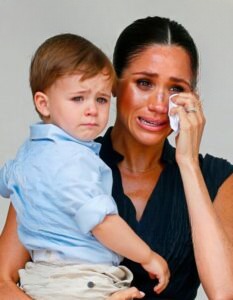A tragic incident involving two young relatives has shocked a community and sparked nationwide conversations about children, technology, and how justice treats minors.
The Incident
Authorities report that a 12-year-old girl and her 8-year-old cousin were spending time at a relative’s home when a disagreement over a mobile phone escalated unexpectedly. Emergency services were called, but tragically, the younger child died despite medical efforts. Neighbors described the event as “unimaginable,” noting that the children had often played together peacefully.
Emotional Reactions and Expert Insights
Educators, child psychologists, and community advocates have emphasized the importance of teaching emotional regulation and conflict resolution from an early age. Experts note that technology disputes can escalate quickly, particularly when children are emotionally attached to devices. Clear boundaries, supervision, and open communication at home are crucial to preventing such conflicts.
Court Appearance
The 12-year-old appeared in juvenile court for an initial hearing. Family members shared emotional statements, while observers noted mixed reactions to the child’s demeanor. Some online viewers expressed concern over a perceived lack of remorse, while others cautioned against drawing conclusions based on brief clips. The case has sparked intense debate over how juvenile offenders should be treated.
Legal and Social Considerations
Juvenile courts balance accountability with rehabilitation, taking into account age, mental health, personal history, and the nature of the offense. Advocates argue that long-term solutions focus on underlying issues—family dynamics, peer influences, and access to mental health support—rather than solely punitive measures. Others maintain that serious cases may require stronger consequences to protect the community, highlighting a tension between rehabilitation and punishment.
Technology’s Role in Youth Conflicts
Disputes over digital devices are increasingly common among children. Experts recommend proactive parental involvement, clear rules, supervised screen time, and teaching respectful sharing to reduce the risk of escalation. In this case, the phone became the focal point of the tragedy.
Community Response
In response, schools and local organizations are hosting workshops on conflict resolution and emotional management. Faith-based groups and neighborhood associations are providing counseling to families. One counselor noted, “This is about more than one event—it’s about recognizing warning signs and supporting children before tensions reach a breaking point.”
Looking Ahead
The 12-year-old remains in juvenile detention as the case progresses, including psychological evaluations and further hearings. The court will decide whether the matter stays in juvenile court or moves to the adult system.
A Community Seeking Answers
The tragedy raises broader questions: How can children be better equipped to handle conflict? What role should parents and educators play in managing technology use? And how should the justice system balance accountability with the potential for rehabilitation in young offenders?
While the legal process continues, the conversation about youth behavior, family communication, and responsible technology use is only beginning.





